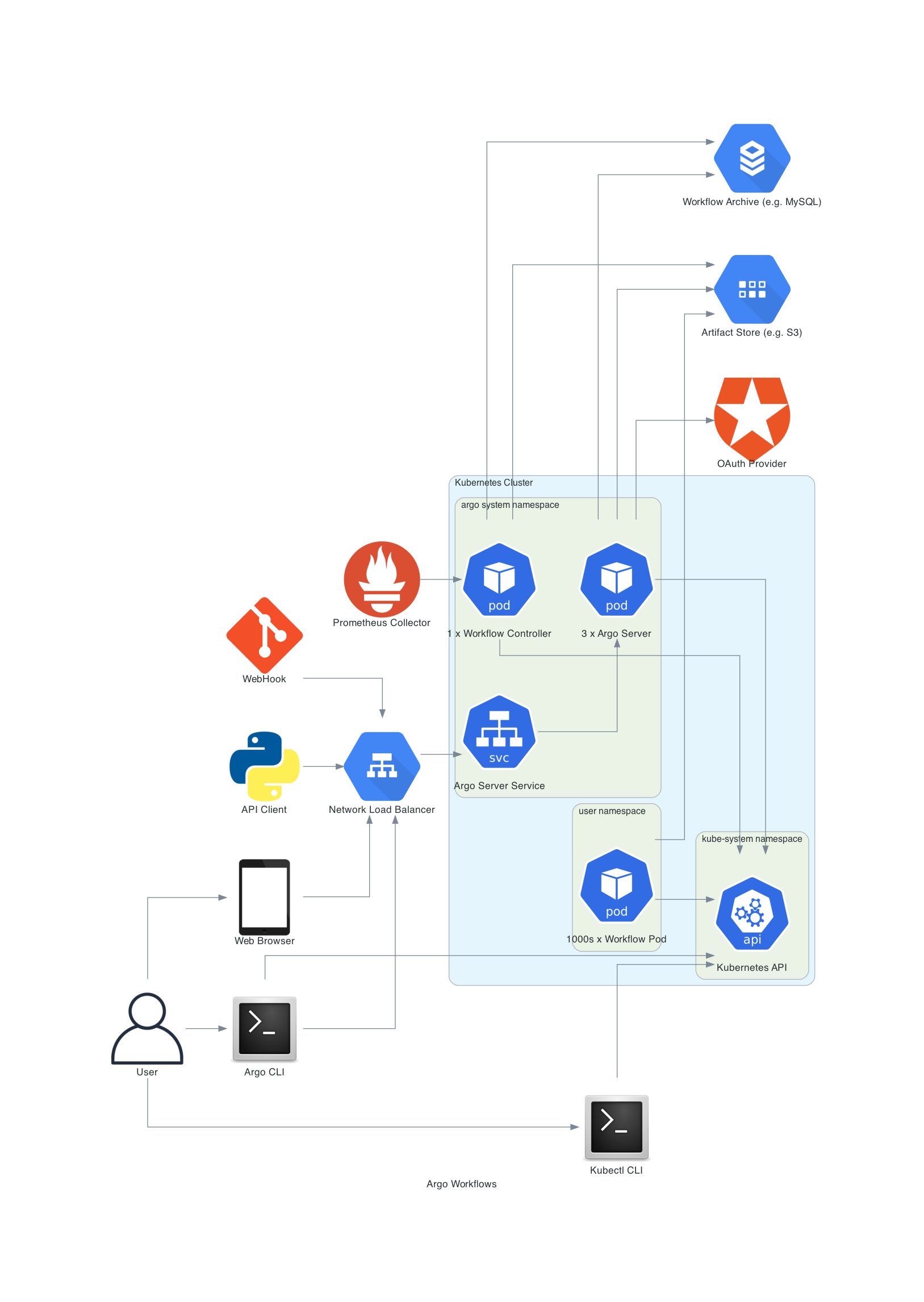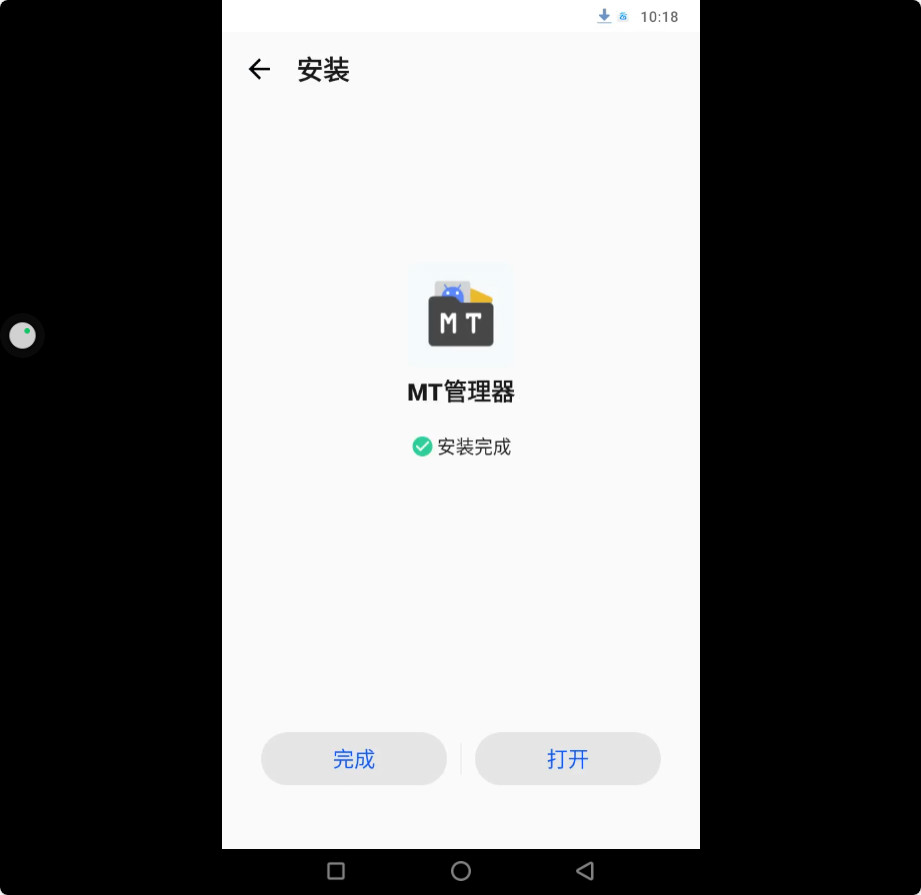装饰器本质上是一个Python函数,它可以让其他函数在不需要做任何代码变动的前提下增加额外功能,装饰器的返回值也是一个函数对象。它经常用于有切面需求的场景,比如:插入日志、性能测试、事务处理、缓存、权限校验等场景。装饰器是解决这类问题的绝佳设计,有了装饰器,我们就可以抽离出大量与函数功能本身无关的雷同代码并继续重用。概括的讲,装饰器的作用就是为已经存在的对象添加额外的功能。
第一个装饰器
def a_new_decorator(a_func):
def wrapTheFunction():
print("I am doing some boring work before executing a_func()")
a_func()
print("I am doing some boring work after executing a_func()")
return wrapTheFunction
def a_function_requiring_decoration():
print("I am the function which needs some decoration to remove my foul smell")
a_function_requiring_decoration()
#outputs: "I am the function which needs some decoration to remove my foul smell"
a_function_requiring_decoration = a_new_decorator(a_function_requiring_decoration)
#now a_function_requiring_decoration is wrapped by wrapTheFunction()
a_function_requiring_decoration()
#outputs:I am doing some boring work before executing a_func()
# I am the function which needs some decoration to remove my foul smell
# I am doing some boring work after executing a_func()这正是python中装饰器做的事情!它们封装一个函数,并且用这样或者那样的方式来修改它的行为。现在你也许疑惑,我们在代码里并没有使用@符号?那只是一个简短的方式来生成一个被装饰的函数。这里是我们如何使用@来运行之前的代码:
@a_new_decorator
def a_function_requiring_decoration():
"""Hey you! Decorate me!"""
print("I am the function which needs some decoration to "
"remove my foul smell")
a_function_requiring_decoration()
#outputs: I am doing some boring work before executing a_func()
# I am the function which needs some decoration to remove my foul smell
# I am doing some boring work after executing a_func()
#the @a_new_decorator is just a short way of saying:
a_function_requiring_decoration = a_new_decorator(a_function_requiring_decoration)为什么要用wraps
现在应该对Python装饰器的工作原理有一个基本的理解。如果我们运行如下代码会存在一个问题:
print(a_function_requiring_decoration.__name__)
# Output: wrapTheFunction这并不是我们想要的!Ouput输出应该是”a_function_requiring_decoration”。这里的函数被warpTheFunction替代了。它重写了我们函数的名字和注释文档(docstring)。幸运的是Python提供给我们一个简单的函数来解决这个问题,那就是functools.wraps。我们修改上一个例子来使用functools.wraps:
from functools import wraps
def a_new_decorator(a_func):
@wraps(a_func)
def wrapTheFunction():
print("I am doing some boring work before executing a_func()")
a_func()
print("I am doing some boring work after executing a_func()")
return wrapTheFunction
@a_new_decorator
def a_function_requiring_decoration():
"""Hey yo! Decorate me!"""
print("I am the function which needs some decoration to "
"remove my foul smell")
print(a_function_requiring_decoration.__name__)
# Output: a_function_requiring_decoration现在好多了。我们接下来学习装饰器的一些常用场景。
from functools import wraps
def decorator_name(f):
@wraps(f)
def decorated(*args, **kwargs):
if not can_run:
return "Function will not run"
return f(*args, **kwargs)
return decorated
@decorator_name
def func():
return("Function is running")
can_run = True
print(func())
# Output: Function is running
can_run = False
print(func())
# Output: Function will not run注意:@wraps接受一个函数来进行装饰,并加入了复制函数名称、注释文档、参数列表等等的功能。这可以让我们在装饰器里面访问在装饰之前的函数的属性。
带参数的装饰器
来想想这个问题,难道@wraps不也是个装饰器吗?但是,它接收一个参数,就像任何普通的函数能做的那样。那么,为什么我们不也那样做呢?
这是因为,当你使用@decorator_name语法时,你是在应用一个以单个函数作为参数的一个包裹函数。记住,Python里每个东西都是一个对象,而且这包括函数!记住了这些,我们可以编写一下能返回一个包裹函数的函数。
我们来并创建一个包裹函数,能让我们指定一个用于输出的日志文件。
from functools import wraps
def logit(logfile='out.log'):
def logging_decorator(func):
@wraps(func)
def wrapped_function(*args, **kwargs):
log_string = func.__name__ + " was called"
print(log_string)
# 打开logfile,并写入内容
with open(logfile, 'a') as opened_file:
# 现在将日志打到指定的logfile
opened_file.write(log_string + 'n')
return func(*args, **kwargs)
return wrapped_function
return logging_decorator
@logit()
def myfunc1():
pass
myfunc1()
# Output: myfunc1 was called
# 现在一个叫做 out.log 的文件出现了,里面的内容就是上面的字符串
@logit(logfile='func2.log')
def myfunc2():
pass
myfunc2()
# Output: myfunc2 was called
# 现在一个叫做 func2.log 的文件出现了,里面的内容就是上面的字符串装饰器类
现在我们有了能用于正式环境的logit装饰器,但当我们应用在某些部分的时候还比较脆弱时,异常也许是需要更紧急关注的事情。比方说有时你只想打日志到一个文件。而有时你想把引起你注意的问题发送到一个email,同时也保留日志,留个记录。这是一个使用继承的场景,但目前为止我们只看到过用来构建装饰器的函数。
幸运的是,类也可以用来构建装饰器。那我们现在以一个类而不是一个函数的方式,来重新构建logit。
from functools import wraps
class logit(object):
def __init__(self, logfile='out.log'):
self.logfile = logfile
def __call__(self, func):
@wraps(func)
def wrapped_function(*args, **kwargs):
log_string = func.__name__ + " was called"
print(log_string)
# 打开logfile并写入
with open(self.logfile, 'a') as opened_file:
# 现在将日志打到指定的文件
opened_file.write(log_string + 'n')
# 现在,发送一个通知
self.notify()
return func(*args, **kwargs)
return wrapped_function
def notify(self):
# logit只打日志,不做别的
pass这个实现有一个附加优势,在于比嵌套函数的方式更加整洁,而且包裹一个函数还是使用跟以前一样的语法:
@logit()
def myfunc1():
pass现在,我们给logit创建子类,来添加email的功能(虽然email这个话题不会在这里展开)。
class email_logit(logit):
'''
一个logit的实现版本,可以在函数调用时发送email给管理员
'''
def __init__(self, email='admin@myproject.com', *args, **kwargs):
self.email = email
super(logit, self).__init__(*args, **kwargs)
def notify(self):
# 发送一封email到self.email
# 这里就不做实现了
pass从现在起,@email_logit将会和@logit产生同样的效果,但是在打日志的基础上,还会多发送一封邮件给管理员。
扫描下面的二维码关注我们的微信公众帐号,在微信公众帐号中回复◉加群◉即可加入到我们的 kubernetes 讨论群里面共同学习。






